This year's melon crop was good but the price was low. The melons bore fruit evenly, beautifully, and had high yields, but the market was flooded, with slow consumption in many places, and even no buyers. However, under the same conditions, Mr. Chu Van Quan was still able to sell melons at high prices, and he sold them continuously, from one batch to another. The secret lies in the fact that he farmed like a real businessman .
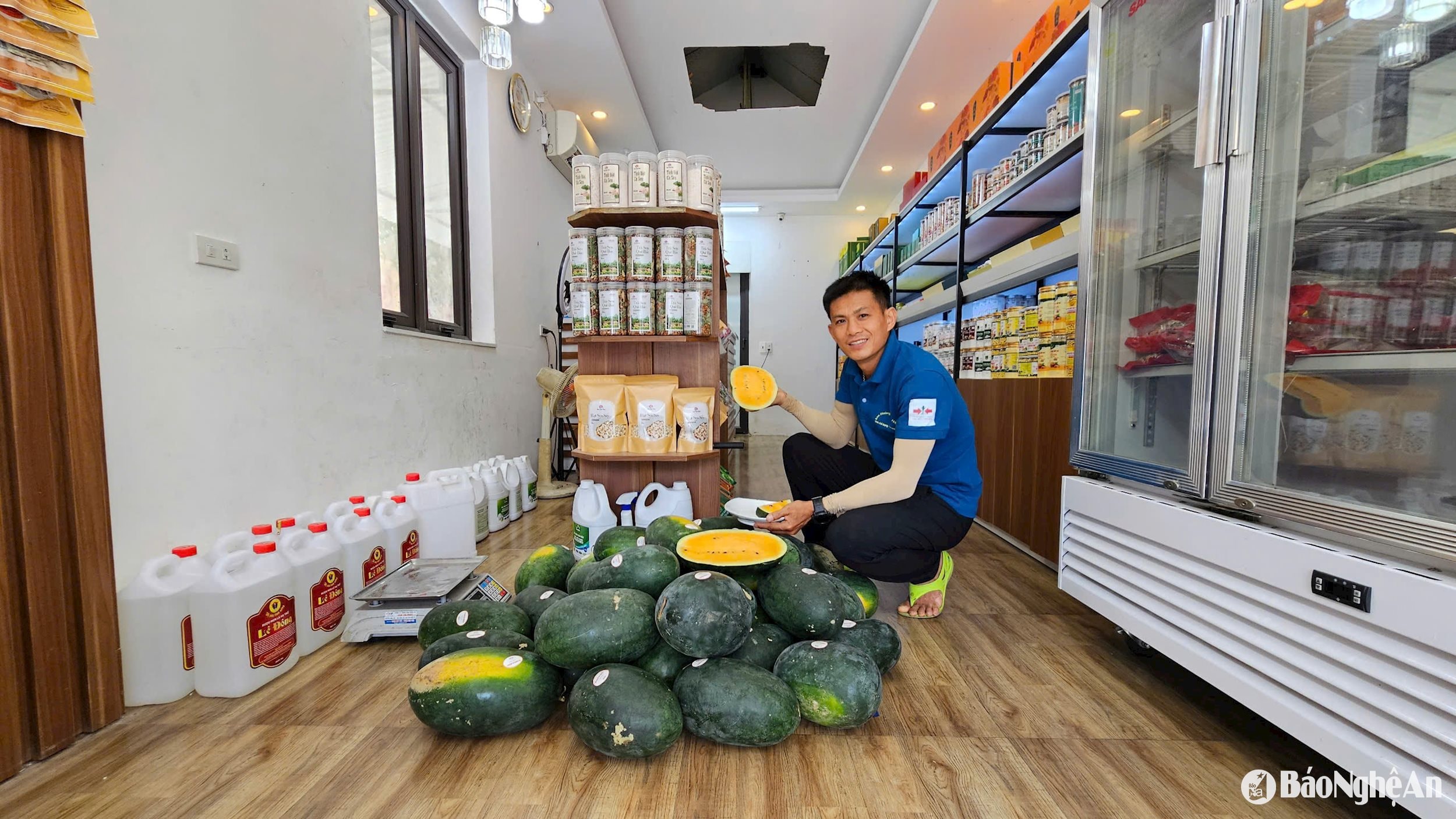
Right from the start of the melon season, Mr. Quan proactively chose the yellow-fleshed melon variety - a type of melon that is popular in the market thanks to its thin skin, unique color, crunchy and sweet taste.
"Lam River alluvial melons are famous for their deliciousness, but if we grow them in mass quantities and no one can tell the difference, it will be difficult to compete. I choose unique varieties, ensure quality, grow them according to VietGAP standards, and minimize pesticides to create a difference," he said. A notable point is that he does not harvest in bulk but divides them into many small batches, only harvesting when the fruit reaches the right sweetness and ripeness, avoiding the situation of "having a good harvest but not being able to sell in time", causing surplus in the market.
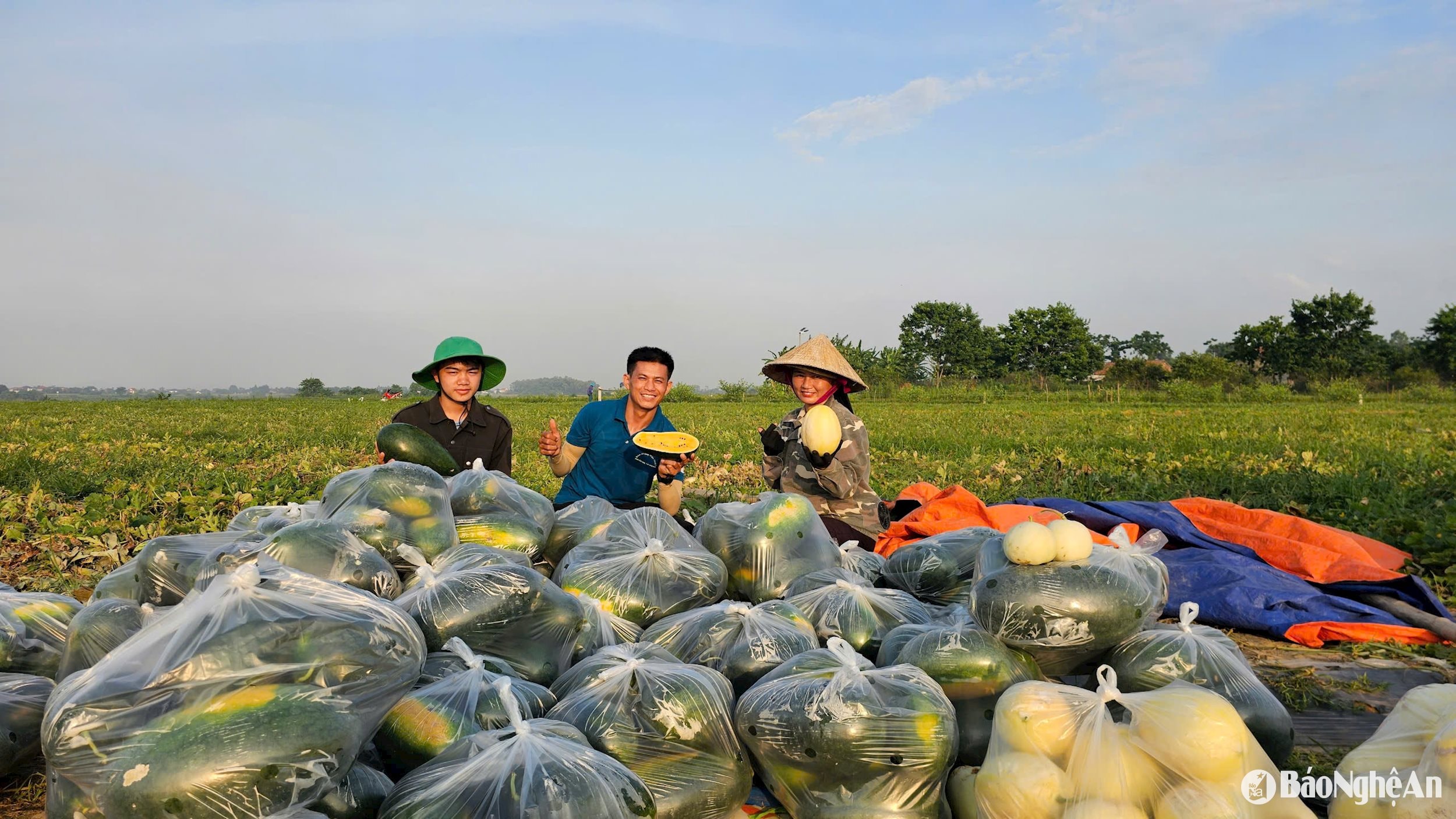
However, product quality alone is not enough. What makes the biggest difference is the way Mr. Quan sells. Instead of depending on traders, waiting for them to buy at low prices, he proactively opened his own sales channel for himself and for the people. Taking advantage of social networks, he often livestreams right in the middle of the melon field, sharing the care process, real images of the plants, and introducing the products to build trust with customers.
Each livestream has hundreds of views, along with many orders, from individual consumers to large wholesalers. "Good melons still have buyers, we just have to find a way to let customers know. If we tell the story of the melon, tell the story of the fields, then customers will believe and buy," Mr. Quan shared.

What is admirable is that he not only sells to his family but also helps people in the area. Seeing that many of his neighbors' melon fields are of good quality but difficult to sell, Mr. Quan took the opportunity to film more videos introducing the garden, using his livestream channel to connect traders to the fields to buy.
Some days, he livestreams 3-4 garden locations, each with a few tons of melons, helping people sell quickly. In just one night, dozens of tons of melons were collected by traders right in the fields for people.
.jpg)
Mr. Nguyen Nhu Huy, a trader from Thanh Hoa shared: “I learned about the melon fields in the Thuong Tan Loc alluvial plain (Nam Dan) through Mr. Quan’s livestream. Nam Dan melons are of good quality, sweet, crunchy, and beautiful in appearance. Seeing their reputation, I traveled more than 100 km from Thanh Hoa to buy them. Now, we traders mainly find sources of goods online, especially Facebook or Zalo.”
Not only stopping at social networks, Mr. Quan also drives a small truck to transport melons to the city, selling at traditional markets, residential areas, clean agricultural product stores, mini supermarkets...

He also proactively built a network of online sales collaborators in all provinces, helping the melons to be consumed everywhere, no longer depending on the surrounding area. There were times when the melons were not yet cut but already had pre-orders. Customers trusted him because he did the right thing: real products, real images, real quality.
It can be seen that Mr. Quan's way of doing things is not at all sophisticated or difficult to replicate. The problem is the mindset in production and business; from growing the product to proactively bringing the product to consumers. They are all melon farmers, in the same crop season, but the results are very different.
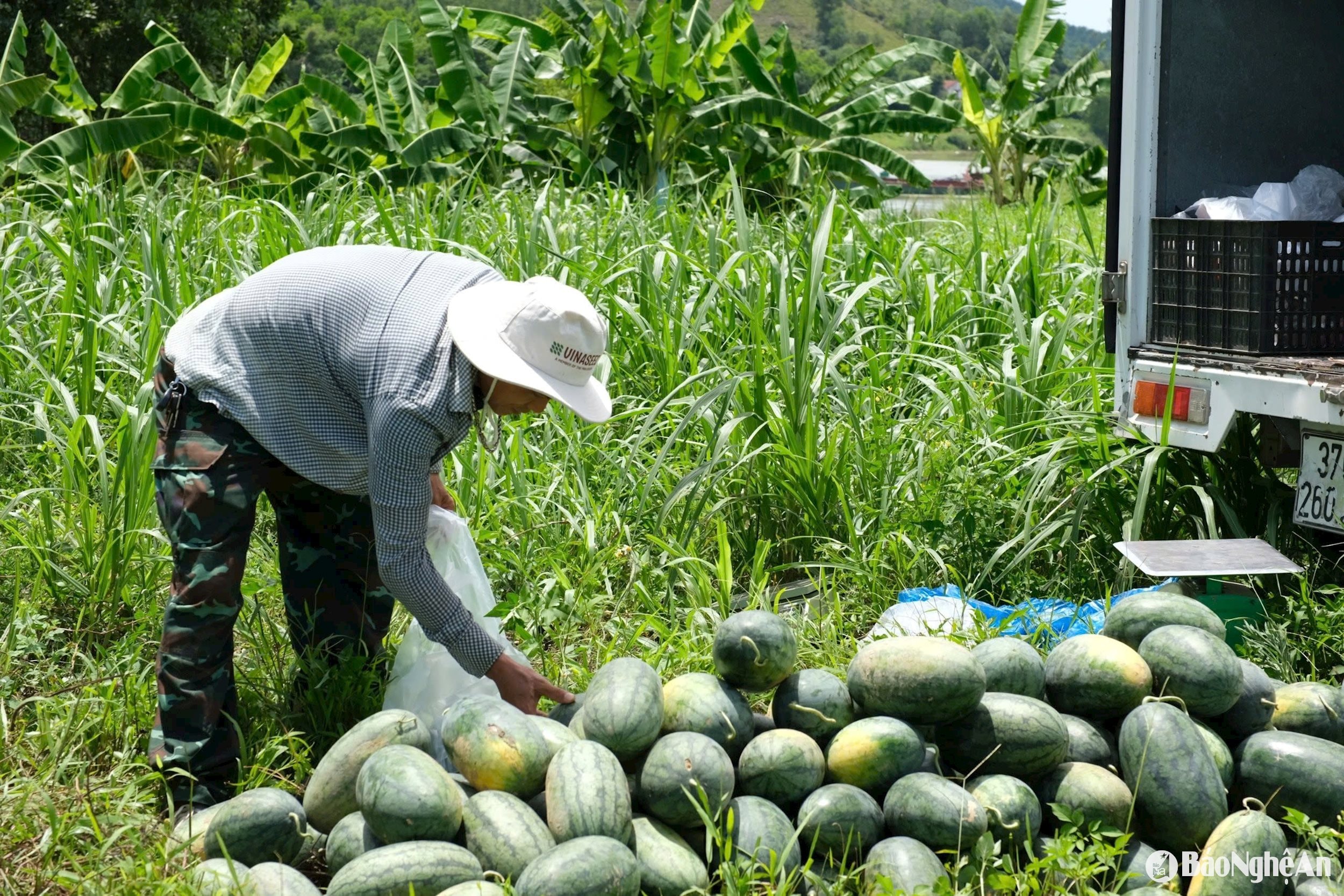
In the context of unpredictable weather and rapidly changing consumer demand, agricultural production cannot remain fragmented and spontaneous. It is necessary to reorganize production according to specialized areas, choose market-oriented varieties, apply clean processes, and most importantly, proactively link consumption. Digital technology is no longer something too far away for farmers - as long as they know how to learn and apply it properly, it is a very powerful tool.
Source: https://baonghean.vn/bi-quyet-ban-dua-hau-gia-cao-giua-mua-rot-gia-cua-mot-nong-dan-nghe-an-10298874.html





![[Photo] Prime Minister Pham Minh Chinh launched a peak emulation campaign to achieve achievements in celebration of the 14th National Party Congress](https://vphoto.vietnam.vn/thumb/1200x675/vietnam/resource/IMAGE/2025/10/5/8869ec5cdbc740f58fbf2ae73f065076)

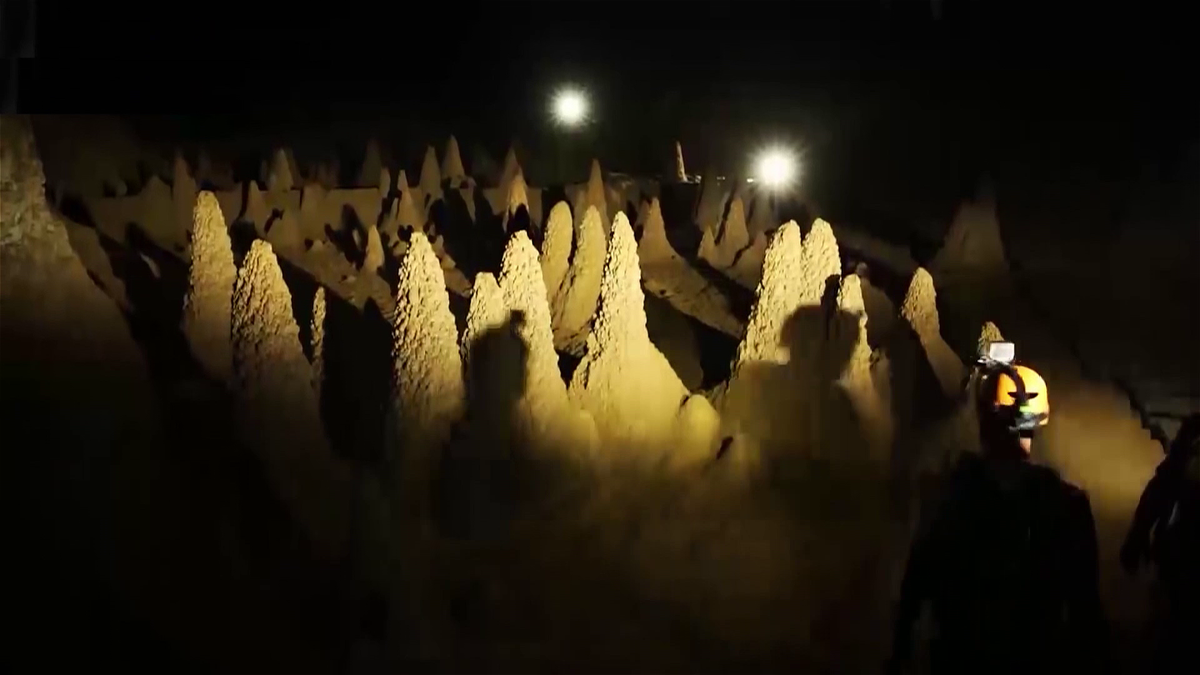
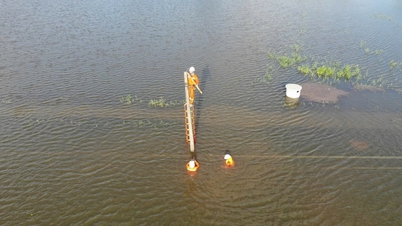
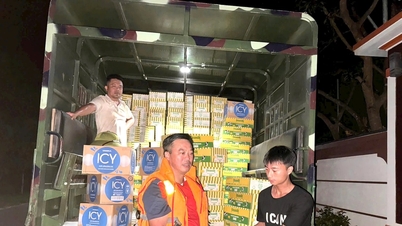


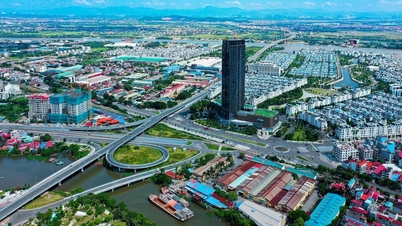

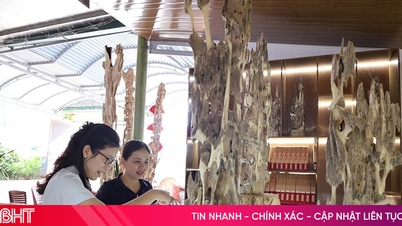

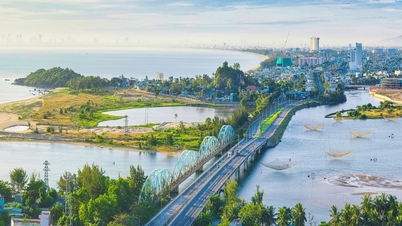




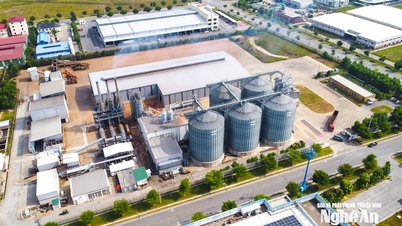
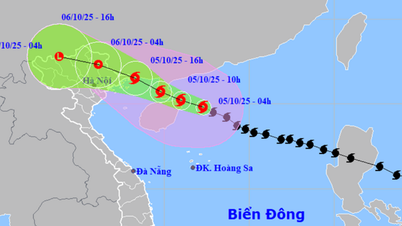

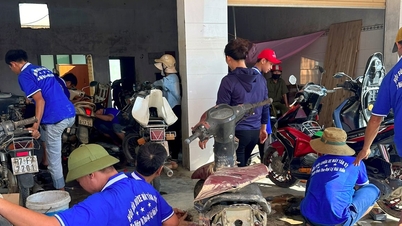
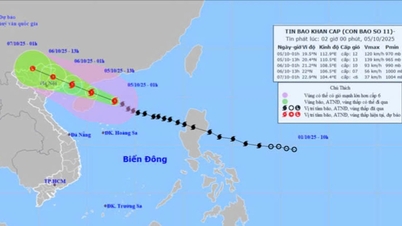

![[Photo] Bustling Mid-Autumn Festival at the Museum of Ethnology](https://vphoto.vietnam.vn/thumb/1200x675/vietnam/resource/IMAGE/2025/10/4/da8d5927734d4ca58e3eced14bc435a3)

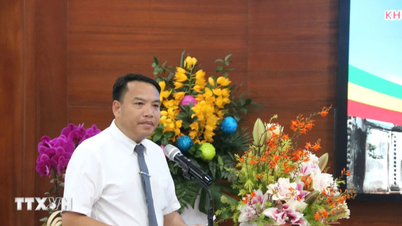

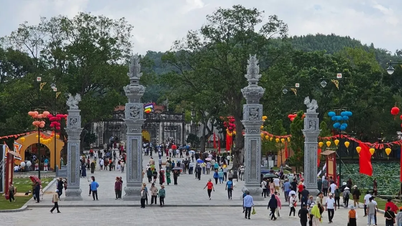

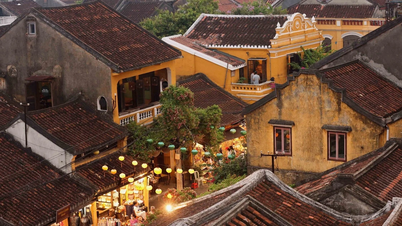




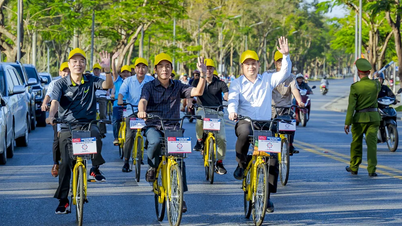




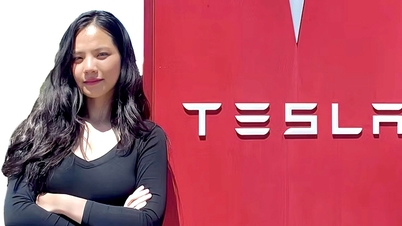








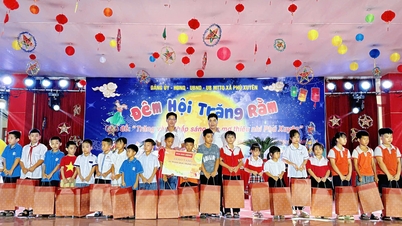
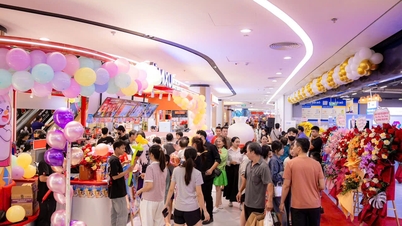
![[VIDEO] Summary of Petrovietnam's 50th Anniversary Ceremony](https://vphoto.vietnam.vn/thumb/402x226/vietnam/resource/IMAGE/2025/10/4/abe133bdb8114793a16d4fe3e5bd0f12)
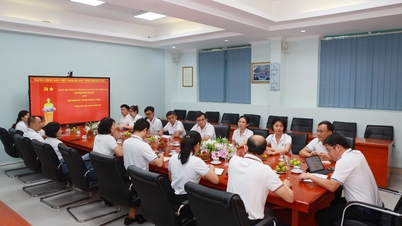
![[VIDEO] GENERAL SECRETARY TO LAM AWARDS PETROVIETNAM 8 GOLDEN WORDS: "PIONEER - EXCELLENT - SUSTAINABLE - GLOBAL"](https://vphoto.vietnam.vn/thumb/402x226/vietnam/resource/IMAGE/2025/7/23/c2fdb48863e846cfa9fb8e6ea9cf44e7)



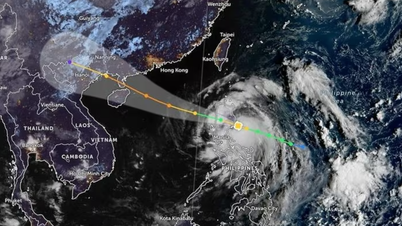
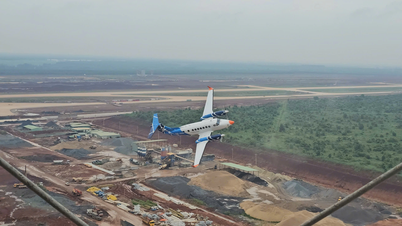







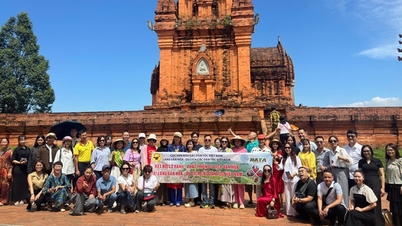
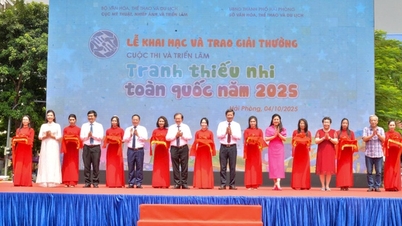
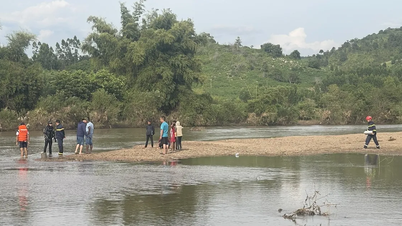

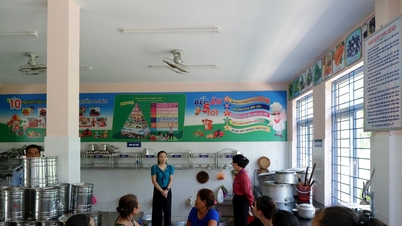
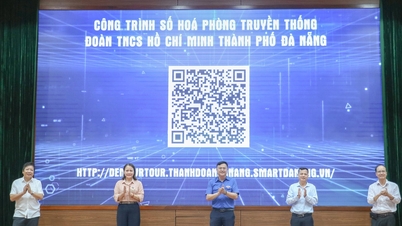
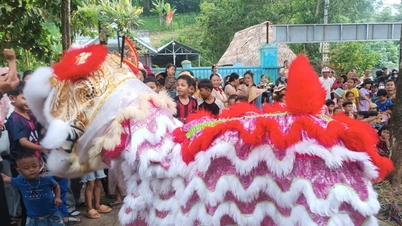
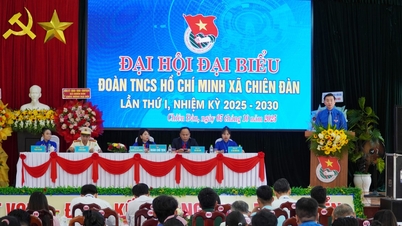


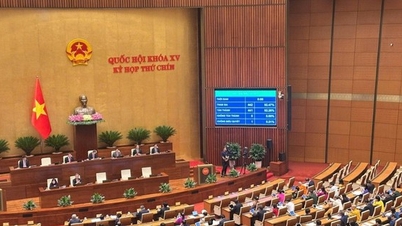









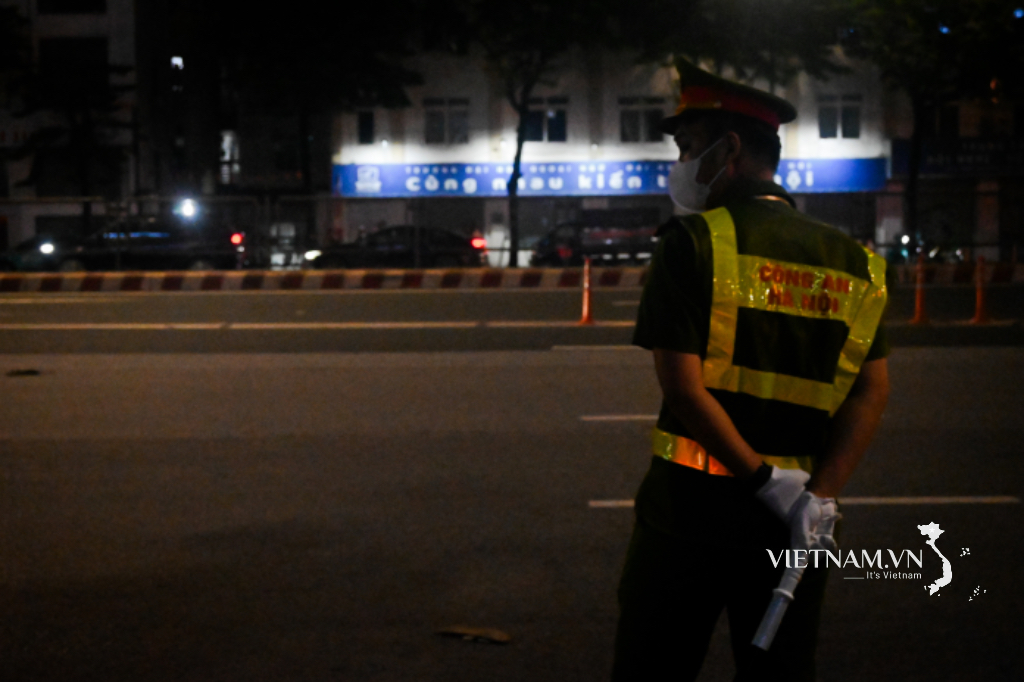
Comment (0)